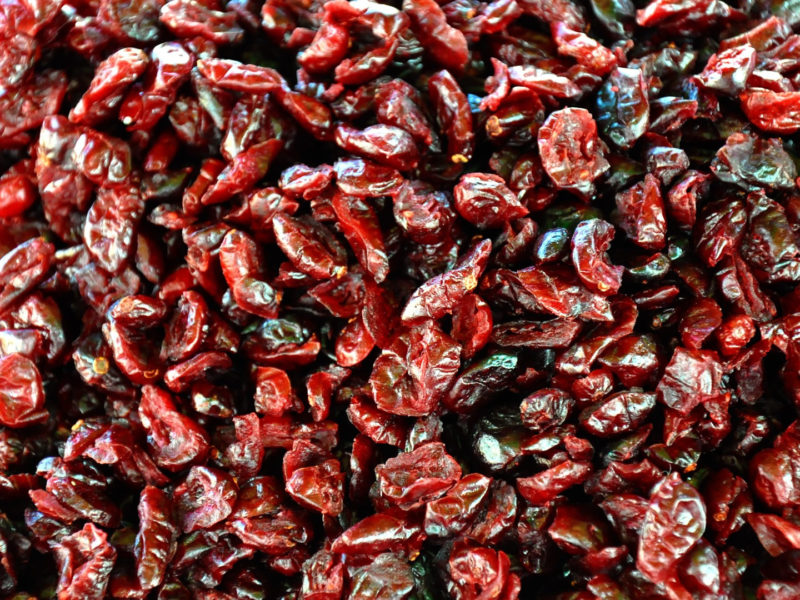Study suggests there’s potential for food manufacturers to develop low GI foods with reformulations that include dried fruit
People with diabetes and followers of diets based on the glycemic index (GI) can enjoy dried fruits knowing they do not cause a blood sugar spike compared to starchy foods such as white bread, suggests a study published in the journal Nutrition and Diabetes.
The results of the study also suggest there’s potential for food manufacturers to develop low GI foods with reformulations that include dried fruit, say Dr. John Sievenpiper of Toronto’s St. Michael’s Hospital and researcher Cyril Kendall of the hospital’s Clinical Nutrition and Risk Factor Modication Centre.
The glycemic index was developed by Dr. David Jenkins of St. Michael’s Hospital in the early 1980s as a way of explaining how different carbohydrates affect blood glucose and to find out which foods were best for people with diabetes. Foods high on the GI index — such as white bread, most breakfast cereals, potatoes and rice — produce a spike in blood glucose and insulin, while the carbohydrates in low GI foods — including pasta, beans, lentils and certain whole grains such as barley and oats – are broken down more slowly, and cause more moderate increases in blood glucose and insulin.
This study compared the glycemic response of four dried fruits — dates, apricots, raisins and sultanas — versus white bread in 10 healthy participants and found the fruit had a lower GI and could lower the glycemic response of white bread through displacement of half of the available carbohydrate.
“People often worry about sources of sugar and fruits being one of them, but most fruit — in particular tender fruit — have a low glycemic index and what we’re showing here is dried fruit also have a lower glycemic index, so they don’t raise your blood sugar very much,” said Dr. Sievenpiper.
“This study finds people can use dried fruits as a low glycemic index food source to replace higher glycemic index foods, so as a snack food, for example. Dried fruit is going to be preferred to a grain-based cracker or snack.”
Dr. Sievenpiper said longer and larger randomized trials will be needed to confirm whether dried fruit can contribute to sustainable improvements in glycemic control, and whether other dried fruits have a similar GI.
Source: St. Michael’s Hospital
Journal: Nutrition and Diabetes
Funder: International Nut and Dried Fruit Council Foundation, National Dried Fruit Trade Association

